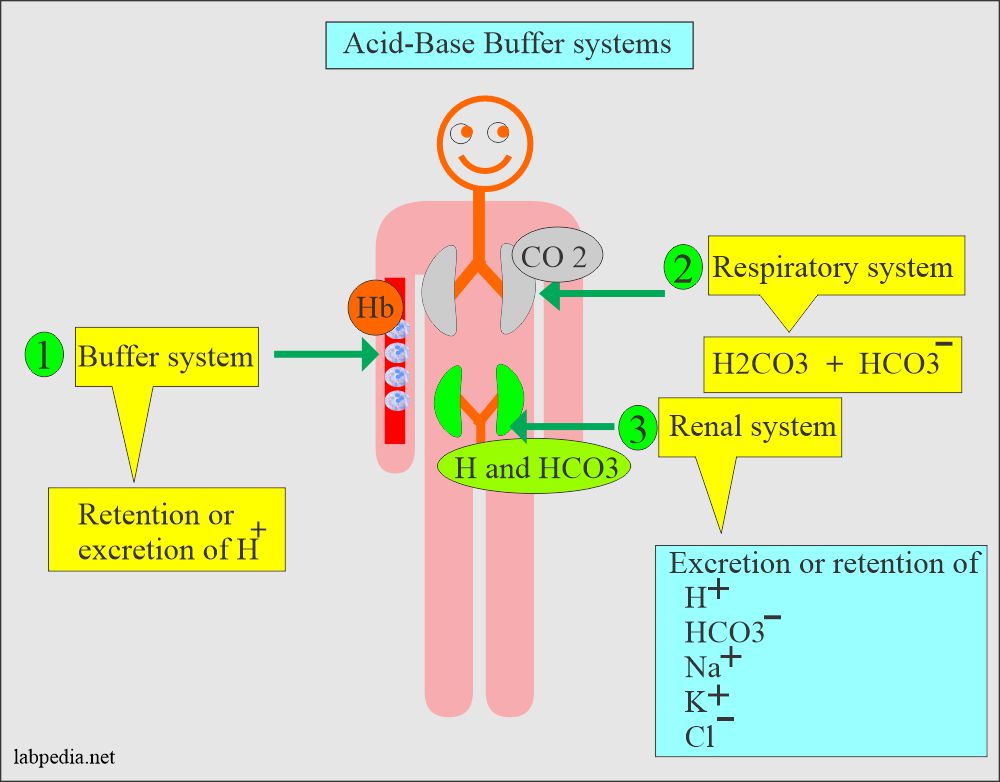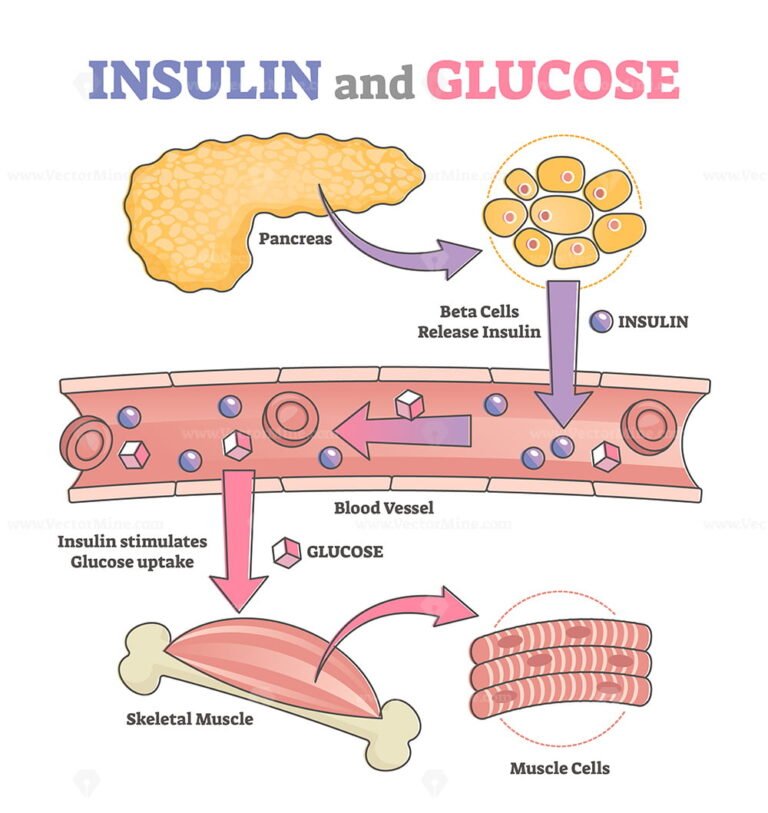Identifying the Early Warning Signs: Muscular Weakness
Hypokalemia, or low potassium levels, can initially manifest as generalized muscular weakness or fatigue. This symptom can significantly impact daily activities, making even simple tasks, such as climbing stairs or carrying groceries, challenging. Muscular weakness can also lead to a higher risk of falls and injuries, negatively affecting one’s quality of life.
Promptly addressing muscular weakness is crucial, as it may indicate the onset of more severe health issues related to hypokalemia. By recognizing this early warning sign, individuals can take the necessary steps to maintain their potassium levels within the normal range, ultimately preventing further complications. A healthcare professional can provide guidance on dietary changes, supplementation, or, in some cases, medical intervention to manage hypokalemia effectively.
The Unsettling Feeling: Constipation
Constipation is another early sign of low potassium levels, or hypokalemia. Potassium plays a vital role in maintaining digestive health, as it helps regulate bowel movements and ensures proper muscle contraction within the gastrointestinal tract. When potassium levels drop, the muscles responsible for moving food and waste through the digestive system may become weakened or sluggish, leading to infrequent or difficult bowel movements.
Maintaining adequate potassium levels is essential for promoting regularity and ensuring optimal digestive function. A diet rich in potassium-containing foods, such as bananas, leafy greens, and whole grains, can help prevent constipation and support overall digestive health. Additionally, staying hydrated and engaging in regular physical activity can further contribute to healthy bowel movements and prevent the onset of constipation.
The Interplay of Muscles and Nerves: Muscle Cramps and Spasms
Potassium plays a critical role in the proper functioning of muscles and nerves. When potassium levels drop, muscle cramps and spasms can occur due to impaired muscle contraction and nerve signaling. These symptoms can manifest in various ways, such as leg cramps, hand or foot spasms, or even abdominal pain.
Daily activities that involve repetitive muscle movements, physical exertion, or extended periods of standing or sitting can trigger muscle cramps and spasms in individuals with hypokalemia. For instance, walking, running, or cycling may lead to leg cramps, while typing or writing may cause hand or wrist spasms. Moreover, sitting for long hours without moving can also contribute to muscle stiffness and cramping.
Maintaining optimal potassium levels is essential for preventing muscle cramps and spasms. Consuming a balanced diet rich in potassium-containing foods, such as bananas, leafy greens, and whole grains, can help ensure adequate potassium intake. Additionally, staying hydrated and engaging in regular physical activity can further support muscle and nerve function, reducing the likelihood of experiencing cramps and spasms.
The Silent Threat: Arrhythmia
Hypokalemia can contribute to heart rhythm abnormalities, such as arrhythmia, which is characterized by an irregular heartbeat. This condition can manifest as a racing heart, palpitations, or a slow, fluttering pulse. Arrhythmia can be a serious health concern, as it may disrupt blood flow to vital organs and increase the risk of stroke or heart failure.
Individuals with hypokalemia are at an increased risk of developing arrhythmia due to the crucial role potassium plays in maintaining normal heart function. Potassium helps regulate the electrical activity within heart muscle cells, ensuring proper contraction and relaxation. When potassium levels are low, the heart may struggle to maintain a consistent rhythm, leading to arrhythmia.
Given the potential severity of arrhythmia, it is essential to monitor heart health and seek medical attention when experiencing symptoms. A healthcare professional can evaluate potassium levels and recommend appropriate treatment options, such as dietary changes, supplementation, or, in some cases, medication or hospitalization. By addressing hypokalemia and managing arrhythmia, individuals can significantly reduce the risk of serious health complications.
The Impact on Breathing: Paralysis of the Diaphragm
Low potassium levels can affect the diaphragm, the primary muscle responsible for breathing. Hypokalemia may lead to diaphragm weakness or paralysis, impairing the ability to inhale and exhale effectively. This can result in shortness of breath, shallow breathing, or, in severe cases, respiratory failure.
The diaphragm’s ability to contract and relax is crucial for maintaining adequate oxygen and carbon dioxide levels in the body. When potassium levels drop, the diaphragm may struggle to function correctly, leading to breathing difficulties. This can be particularly problematic during physical exertion, sleep, or when lying down, as the body relies on the diaphragm to support breathing in these situations.
Given the potential impact of hypokalemia on the diaphragm, it is essential to address any breathing issues promptly. Seek medical attention if experiencing shortness of breath, difficulty breathing, or other respiratory symptoms. A healthcare professional can evaluate potassium levels and recommend appropriate treatment options, such as dietary changes, supplementation, or, in some cases, medical intervention, to ensure proper diaphragm function and overall respiratory health.
The Role of Potassium in Maintaining Acid-Base Balance: Metabolic Alkalosis
Potassium plays a crucial role in maintaining the body’s acid-base balance. Hypokalemia can disrupt this delicate equilibrium, leading to metabolic alkalosis, a condition characterized by an excessively high pH level in the blood. Metabolic alkalosis can result from increased bicarbonate levels, decreased hydrogen ion concentration, or both.
Symptoms of metabolic alkalosis can vary, but they may include muscle weakness, cramps, or spasms; fatigue; irritability; and, in severe cases, disorientation or seizures. Additionally, metabolic alkalosis can lead to complications such as decreased ionized calcium levels, increased risk of cardiac arrhythmias, and impaired kidney function.
Maintaining appropriate potassium levels is essential for preventing metabolic alkalosis and ensuring overall acid-base balance. A healthcare professional can evaluate potassium levels and recommend appropriate treatment options, such as dietary changes, supplementation, or, in some cases, medication, to address hypokalemia and prevent metabolic alkalosis.
The Connection Between Potassium and Glucose: Impaired Insulin Release
Potassium plays a vital role in the body’s glucose metabolism, particularly in insulin release. Insulin, a hormone produced by the pancreas, helps regulate blood sugar levels by facilitating the uptake and utilization of glucose in cells. Low potassium levels can impair insulin release, leading to poor glucose control and potential complications for individuals with diabetes or prediabetes.
When potassium levels drop, the pancreas may struggle to release adequate insulin in response to rising blood sugar levels. This can result in increased blood glucose, which, over time, can contribute to the development and progression of diabetes and its associated complications, such as nerve damage, kidney disease, and cardiovascular issues. Moreover, individuals with diabetes or prediabetes who experience hypokalemia may find it more challenging to manage their blood sugar levels effectively.
Maintaining appropriate potassium levels is essential for optimal insulin release and glucose metabolism. A healthcare professional can evaluate potassium levels and recommend appropriate treatment options, such as dietary changes, supplementation, or, in some cases, medication, to address hypokalemia and support overall glucose control.
The Visual Manifestation: Visual Disturbances
Hypokalemia can lead to visual disturbances, such as blurred vision or halos around lights, due to the essential role potassium plays in maintaining the health and function of the eyes. Low potassium levels can affect the eye’s muscles, nerves, and overall physiology, resulting in various visual symptoms.
Blurred vision is a common visual disturbance associated with hypokalemia. This symptom occurs when the eye’s lens fails to focus light properly on the retina, resulting in unclear or hazy vision. Additionally, individuals with low potassium levels may experience halos around lights, which are bright circles that appear around light sources, such as headlights, streetlights, or lamps. These visual disturbances can make daily activities, such as reading, driving, or using electronic devices, challenging and uncomfortable.
The exact mechanisms through which hypokalemia leads to visual disturbances are not fully understood. However, it is believed that low potassium levels may affect the electrical activity and function of the eye’s muscles and nerves, impairing the eye’s ability to focus and process visual information. Moreover, hypokalemia can lead to changes in the eye’s fluid balance, potentially impacting the shape and integrity of the eye’s lens and cornea.
Given the potential impact of hypokalemia on visual health, it is crucial to address any visual disturbances promptly. Seek medical attention if experiencing blurred vision, halos around lights, or other visual symptoms. A healthcare professional can evaluate potassium levels and recommend appropriate treatment options, such as dietary changes, supplementation, or, in some cases, medication, to address hypokalemia and support overall visual health.






